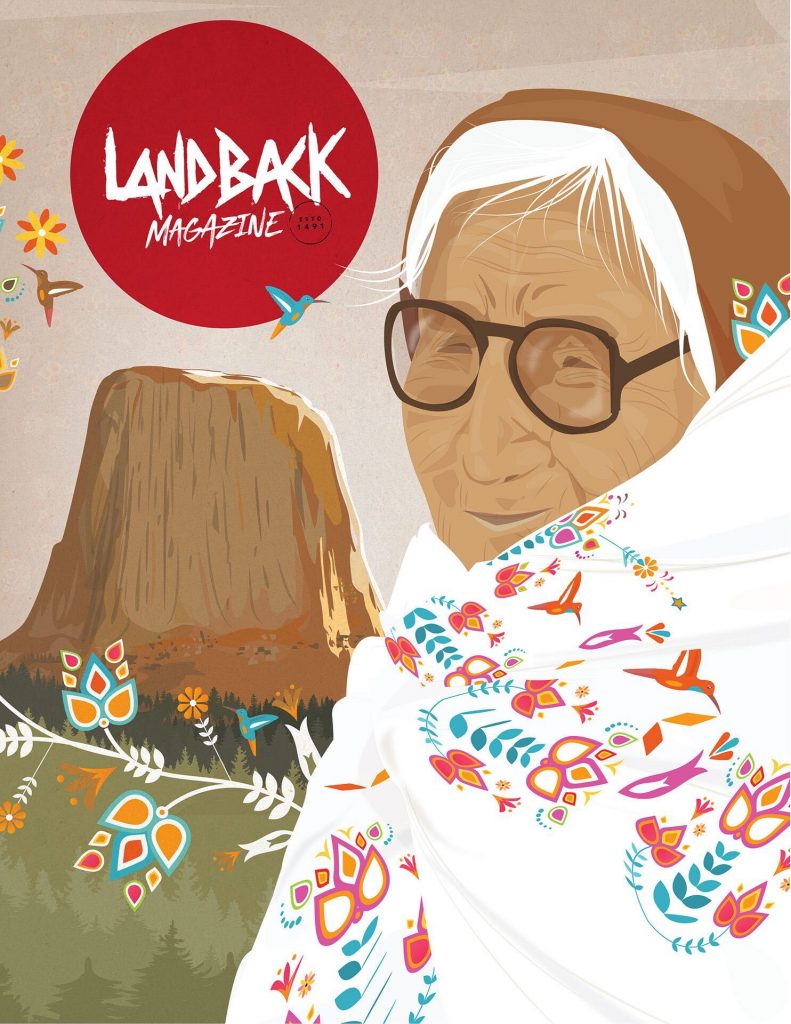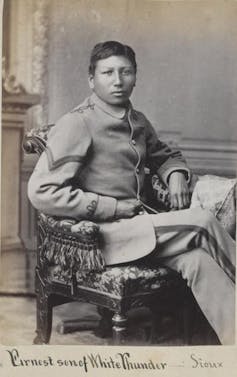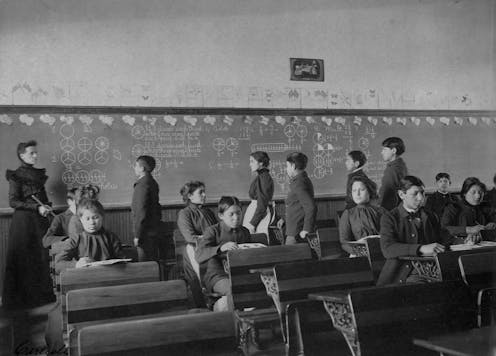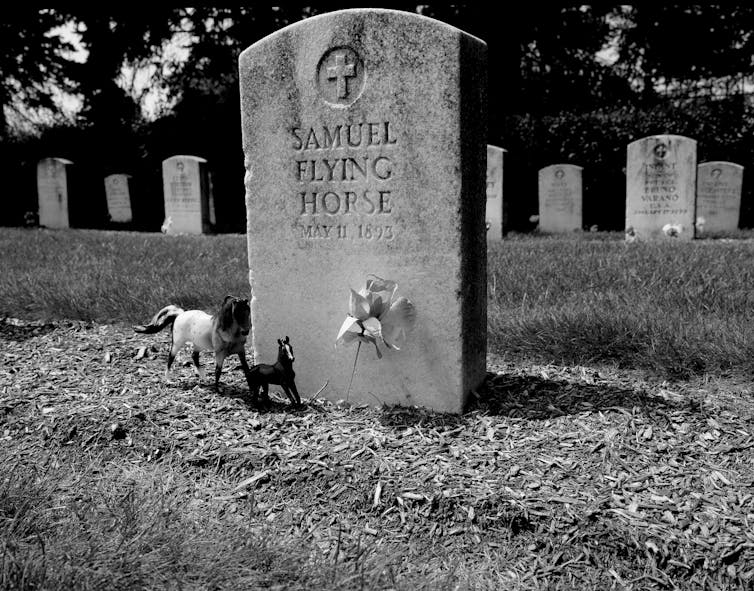
Post from Peter d’Errico
CANADA'S WAR ON FIRST NATIONS
Russell Diabo, First Nations Policy Analyst, on First Nations Self-Determination
Russell Diabo (Kahnawake Mohawk) is a long-time advocate for First Nations rights and self-determination.
His website, “Truth Before Reconciliation”, provides extensive resources to support his powerful vision statement:
“My
vision is to see First Nations protecting their traditional lands and
waters by developing and implementing their own Self-Determination Plans
for Community Development and Nationhood based on restoration of stolen
lands, territories and resources, or restitution where lands and
resources aren’t returned.”
On September 19, 2024, Russell released an updated summary of his analysis, CANADA'S WAR ON FIRST NATIONS, which opens with this statement:
My belief--which is based upon my policy experience and observations over the past 4 decades of First Nations-Canada relations--is that the Crown (governments & courts) is continuing to empty out (limit & restrict) the meaning (scope & content) of Aboriginal and Treaty Rights….
The full statement is available here as a PDF:
| ||
A major conclusion of Russell’s analysis is that:
First Nation Peoples would be better served focusing on internal organizing, networking and capacity building instead of hoping a federal political party will save us.
Getting rid of the Indian Act? That's colonialism (2024) in action... Trace













